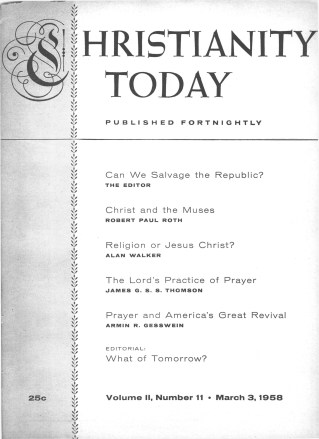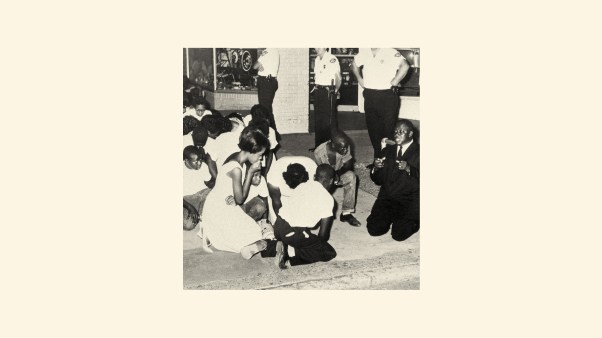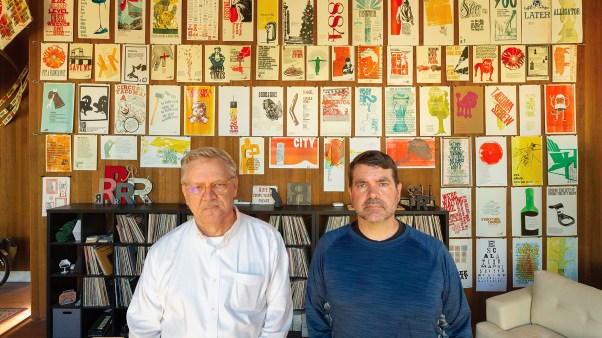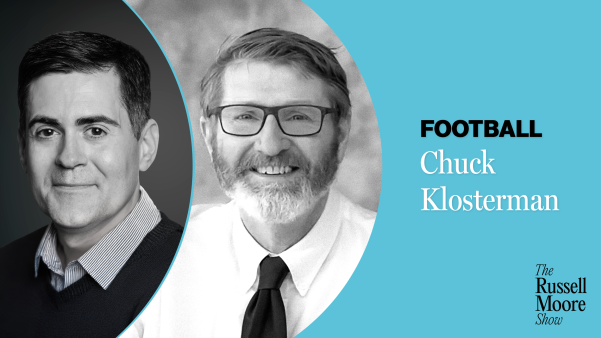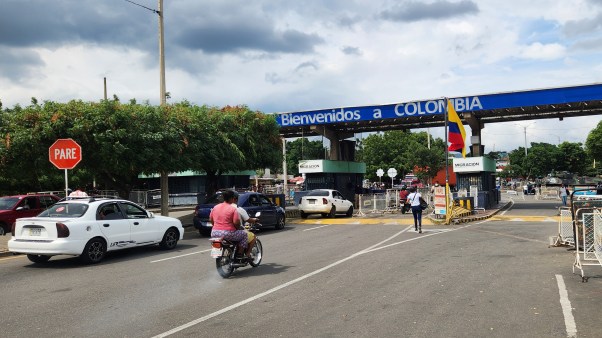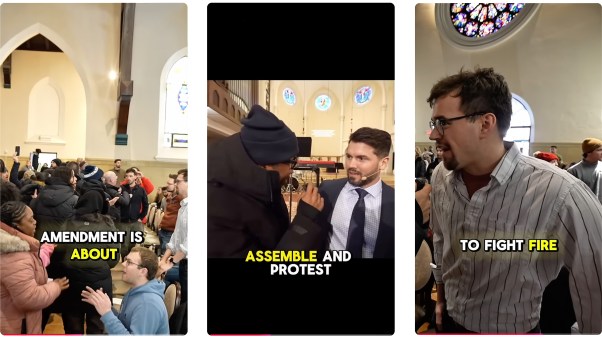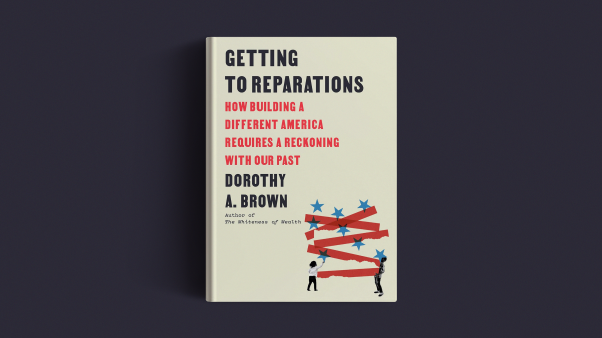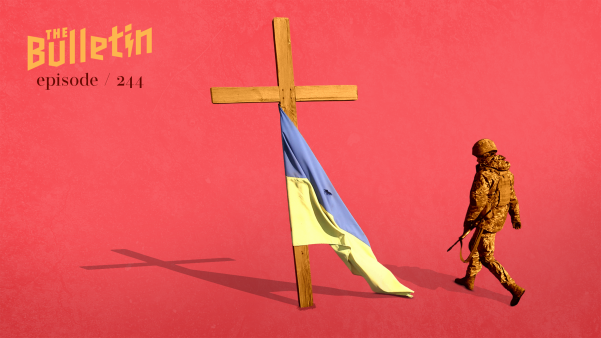Just one hundred years ago, God awakened America coast to coast with the most phenomenal spiritual revival of her history. Everything about that movement seemed unusual: the time and place of its beginning, the pattern of development, the leadership, the methods, and the results.
For one thing, its origin was striking. Who would have imagined that a sweeping revival might get its start and shape from a little noonday prayer meeting? And the place was unusual: in the downtown bustle of New York’s business world, on Fulton Street. There was its founder, Jeremiah Calvin Lanphier, an unknown business man who had come untrained to his new task as lay-missionary for the old North Dutch Reformed Church, and who later went unheralded for the meeting which he had begun. Most unusual was the fact that this simple prayer meeting was to become the pattern for later meetings for the great revival to follow.
Historical Development
Much like today, the main characteristic of the times was amazing material prosperity combined with great expansion and turbulent political scenes involving ever new disturbances and agitations. This was “the golden age of our history” (Bacon). Entire cities and even states were springing up. Between 1845 and 1860 seven new states and four organized territories were admitted to the Union. Frontiers were pushing westward. Gold had been discovered in California. Railroads, telegraph and steamship lines were multiplying. Harvests were plenteous, and trade was prospering. Much new land was being acquired through the conquest of the Mexican War, and people were money-conscious, even money-mad. The boom was on.
But, with the increase of all this gain, there was a decrease of godliness, and zeal for religion was becoming lukewarm. Political strife was growing, and the oncoming Civil War was casting a shadow over the land. Suddenly, on October 14, 1857, the nation suffered a tremendous financial crash. Fortunes vanished into thin air, bankruptcy, failures, and frauds were on every hand, and men’s hearts failed them for fear. God had lowered his boom.
The Eve Of The Crash
Only six people—five businessmen and one clergyman—gathered for that first noon prayer meeting, on September 23, several weeks before the crash. The decision to hold the meeting daily also preceded the crash. Only God foreknew that the bank bust would give sudden impetus to prayer, and that the praying in turn would give birth to a great revival. In a few days every room of the three-story consistory building of the church was filled for prayer. Entrances choked up with crowds. The church sanctuary had to be opened, and every wall resounded daily with prayers, songs, testimonies, and exhortations. Hundreds were turned away, and because of this a committee of young men from the YMCA gained permission to open near-by John Street Methodist Church, where both lecture room and sanctuary filled almost immediately.
The meeting became a movement. Prayer meetings sprang up in many places: stores, shops, halls, warehouses, theaters, hotels, rooming houses, police stations, fire houses, YMCAs, churches, and ships at sea. Most of these were held for one hour at noon, and followed after the Fulton Street pattern.
Preaching services began for furthering the revival. But it was the prayer meeting which continued as the characteristic feature of the movement. Burton’s Theater, for example, became the scene of great crowds who gathered nightly to give eager attention to the preaching of God’s Word by ministers like Theodore Cuyler and Henry Ward Beecher. Their sermon themes, on repentance, faith, and practical religious duties, became also topics of social conversation, and ministers of all denominations took new hope in their congregations.
What was true of New York became true, in time, of every city, large and small, throughout the land. In a few months Philadelphia reported that more than 3,000 people were daily gathering at the well-known Jayne’s Music Hall, the largest number, it was said, ever to assemble daily for prayer in this country. Prayer meetings sprang up everywhere: in Baltimore, Wilmington, Washington, D. C., Richmond, Charleston, Memphis, Louisville, Cincinnati, Pittsburgh, Cleveland, St. Louis, Chicago (where Dwight L. Moody was beginning his work), and other cities. Henry Ward Beecher, then ministering in the Plymouth Congregational Church in Brooklyn, personally conducted many of the daily prayer meetings. Little wonder that he gave a large portion of one of his Yale lectures to this very subject.
In Boston the revival took possession of every pulpit except one (that of Theodore Parker). Evangelist Charles G. Finney was at this time holding revival meetings in the historic Park Street Church. He tells of a Christian businessman who had traveled all the way from Omaha to Boston. In an open meeting this gentleman reported that he had found “a continuous prayer meeting for 2000 miles.”
Everywhere people wanted to pray. They would rather pray than hear preaching. A kind of spontaneous feeling about it prevailed: “We have had enough preaching for awhile—let us pray.” All classes, ages, and characters of men assembled. Those present day by day were young men and women, lawyers, physicians, merchants, car-men, hod-carriers, policemen, firemen, butchers, bakers, porters, skeptics, gamblers, drunkards, hoboes, rich and poor, high and low, easy and uneasy—they all prayed. Episcopalians, Baptists, Methodists, Presbyterians, Friends, Reformed, Congregationalists and other groups gathered to contact the greatest unused power in the world. Prayer was offered by all and for all, and it was answered in marvelous ways. Glory dwelt in our land, and righteousness exalted the nation!
Audience participation made these meetings different. Songs, thanksgivings, exhortations, and many short prayers punctuated the hour. Some interesting rules governing the Fulton Street meeting were put up on the walls: “Prayers and exhortations not to exceed five minutes, in order to give all an opportunity.… Not more than two consecutive prayers or exhortations.… No controverted points discussed.” But God had done a new thing. This sort of meeting was an innovation which set the standard and outlived all others, and still continues today, close to the spot where it began a century ago, on Fulton Street.
We shall consider some of the results—direct and indirect—that came from this prayer movement.
The immediate result was that the prayer meetings turned into a glorious revival that filled the churches. Conversions to Christ multiplied by hundreds and thousands. In less than two years 500,000 to 1,000,000 became Christians, and most of these were added to the churches. At the peak of the revival (in the spring of 1858) people were converted at the rate of 50,000 a week for a period of eight weeks. That was when our population was not much over 30,000,000. Several New England towns reported that not a single adult person could be found who was not converted. Many who received Christ as Saviour were remarkable characters, such as the famous pugilist Orville (“Awful”) Gardner. Men of violence, gamblers, and infidels melted as before a mighty volcano.
Revival became the talk of town after town. It captured the press and even the headlines, crowding out stories of crime and slavery agitation. The New York Evening Post carried accounts of it daily. The New York Daily Tribune published “Revival Extras.” It was common for New York businessmen to close their stores at noon and put up a sign, “Will reopen at the close of the prayer meeting.” Many merchants who came to New York on business went back home converted, and would usually start their own prayer meetings at once, thus spreading the revival where they were in those areas. Such was the case in Philadelphia. There a young man under 21 started the prayer meeting after having visited one in New York. Later, in May of 1858, the churches of that city purchased a large tent in which for a period of four months were reaped a harvest of souls. Older Christians who had lived through previous revivals (the early 1800s, the 1820s, and the 1840s) said they had never witnessed such a visitation from God. They began to speak of this as “the great revival.” Some called it “the American Pentecost,” and others “the revival of revivals.” Theodore Cuyler said it was “probably the most extraordinary and widespread revival ever known on this Continent.” Talbot Chambers said “it may emphatically be called the event of the century.” Bacon, a church historian, says “this Revival was the introduction to a new era of the nation’s spiritual life.” W. C. Conant says it was “the unprecedented awakening … which now casts all other wonders of the age into shade.” Roger Babson writes, “Our nation was truly reborn in 1858.”
Some Rediscoveries
This movement of God marked three great rediscoveries for the Church.
First, it rediscovered the tremendous power of the prayer meeting. With the reviving of prayer came the revival. The prayer meeting was not the product of the revival, but the revival was the product of the prayer meeting. It became an integral part of the revival, and not merely something that preceded it or was added to it. The fact that hundreds of thousands were converted in prayer meetings brought a new kind of church life into being. It meant that these converts at once became prayer-meeting Christians, and that the significance of prayer meetings dominated the churches of the entire United States for at least a generation.
Prayer was not everything, but everything was by prayer. In our day Billy Graham has explored this grand secret. One could call it the organizing principle of prayer which is the basis for all his evangelism. The greatest need of our churches today is a return to New Testament prayer meeting Christianity. We have forgotten that when Christ built the church, he built the prayer meeting.
As the other side of the same coin came the rediscovery of genuine Christian unity. This hidden treasure was also found in prayer. It came as a surprise, for it was not the original object of the noon meeting to unify Christians of different denominations. It was found that the Church was one, and no effort was made to found one Church. The Fulton Street and Jayne’s Hall prayer meetings set a new seal of grand ecumenicity on evangelistic work from that day forward.
And the entire revival points a lesson for us in our quest for ecumenism today. It would tell us that true Christian unity is experienced only when men pray together. It is a love-unity and a faith-unity. Christ interceded for this oneness in prayer (John 17), and it was in a prayer meeting in Jerusalem that unity was first experienced. “These all continued with one accord in prayer and supplication” (Acts 1:14).
Scarcely in history had there been a revival so spiritually solid and sane. It was difficult to find fanaticism anywhere in the movement of those years. Doubtless, the secret was in the togetherness of prayer. If Methodists would meet to pray only with Methodists, their liberties might have more easily corrupted into licenses. But if they would pray with Presbyterians, and Baptists with Reformed, and Quakers with Congregationalists, etc., the law of Christian love would be fulfilled.
This revival also rediscovered the layman as the great local church evangelist. It was largely a lay-movement, and became a training school for a force of lay-evangelists, among whom D. L. Moody became the most eminent.
It was demonstrated that revival could come without great preaching, but it could not come without prayer. No oustanding leaders or great name evangelists were featured in this movement. Even pastors did little more than enter more fully and faithfully into the regular ministry of their congregations.
Indirect Results
The indirect results of the revival, for communities and nations, are not so easy to trace fully. But they were as distinct and far-reaching as leaven working on the whole lump of society. The effects touched the social circles of community life, education, government, new institutions, various reforms, cultural standards, and new organizations whose enterprises belted the globe.
As in previous revivals, this one also found outstanding ministers and evangelists giving to establish new colleges to train young converts for the Christian ministry as well as all fields of service. We know that out of revivals have come many of our strongest colleges, such as Oberlin, Amherst, Rochester, Wittenberg, Connecticut Wesleyan, Ohio Wesleyan, Lane, Yale, Andover, to mention but a few. It was believed that Christian education would transform society, and what it could not directly transform, it would indirectly reform.
But did the revival avert the financial panic? Prayer was answered and the recession was stayed. Did the revival abolish slavery, or the Civil War? The answer no may surprise some people. The revival did not remove the war, neither did the war remove the revival. Both North and South experienced further revival during the war, and both set forth regiments with prayer. Never did the churches rise to such heights in sacrificial giving as during those turbulent times. In 1861 the revival broke out with unusual power among the troops around Richmond, Virginia, beginning with the wounded in hospitals and carrying out into the camps. Prayer meetings were organized, and great numbers were converted. This work was also encouraged by army leaders like Generals Robert E. Lee and Thomas J. (“Stonewall”) Jackson. The revival brought healing to the wounds of war, and became a mighty factor in welding the nation into new unity and courage for reconstruction.
The revival also made clear the social aspects of the Gospel. Many of the revival measures, considered new and progressive in that day, went hand in hand with every humanitarian concern: good government, good education and culture, the abolition of slavery, and every kind of help for the poor, the afflicted, and the less privileged of society. Hospitals of many kinds were as strongly supported as Bible societies. Perhaps we should say, the revival made the second commandment stand out as strongly as the first: “Thou shalt love thy neighbor as thyself.”
The Power Of Prayer
Once again in history God had demonstrated the amazing capacity of prayer in pathfinding all his purposes. The prayer meeting gave us the great revival, and with it, a new Christian unity. The revival, in turn, gave us many social by-products. These, all taken together, put new leaven into our liberties and salt into the whole of our society.
After these hundred years, when living is so fluffy, praying so feeble, and much preaching so flabby, nothing is more renewing than to contemplate the wonders that God can work in all the earth through his simplest organic structure—the prayer meeting.
Armin R. Gesswein has stirred ministers of many denominations to prayer and to a new burden for the spiritual revival of believers. Trained as a Lutheran minister at Concordia Theological Seminary, St. Louis, he took an active part in Norway’s spiritual awakening in 1937 and 1938. He is director of the Ministers’ Revival Prayer Fellowship which reaches into many American cities, and Chairman of the Spiritual Life Commission, National Association of Evangelicals.


